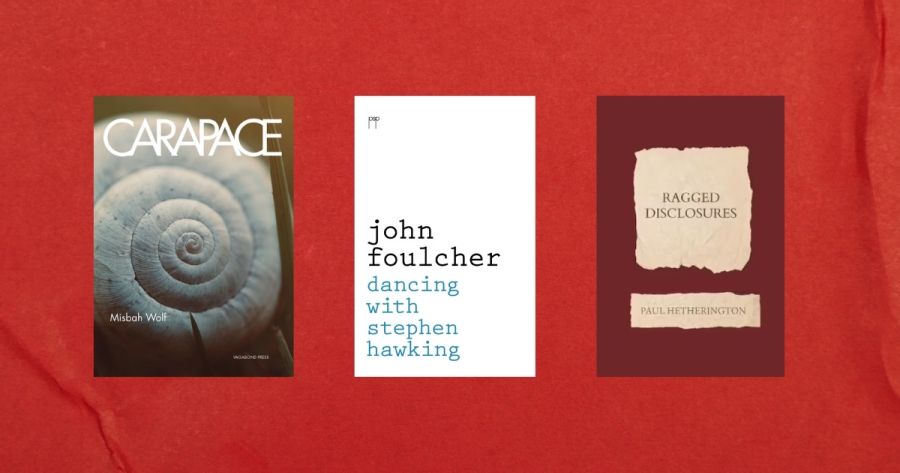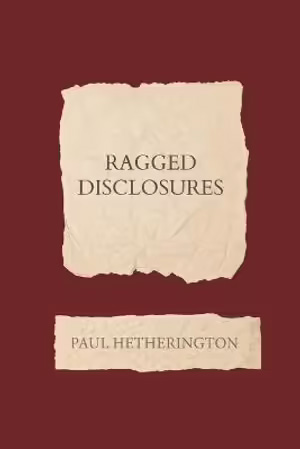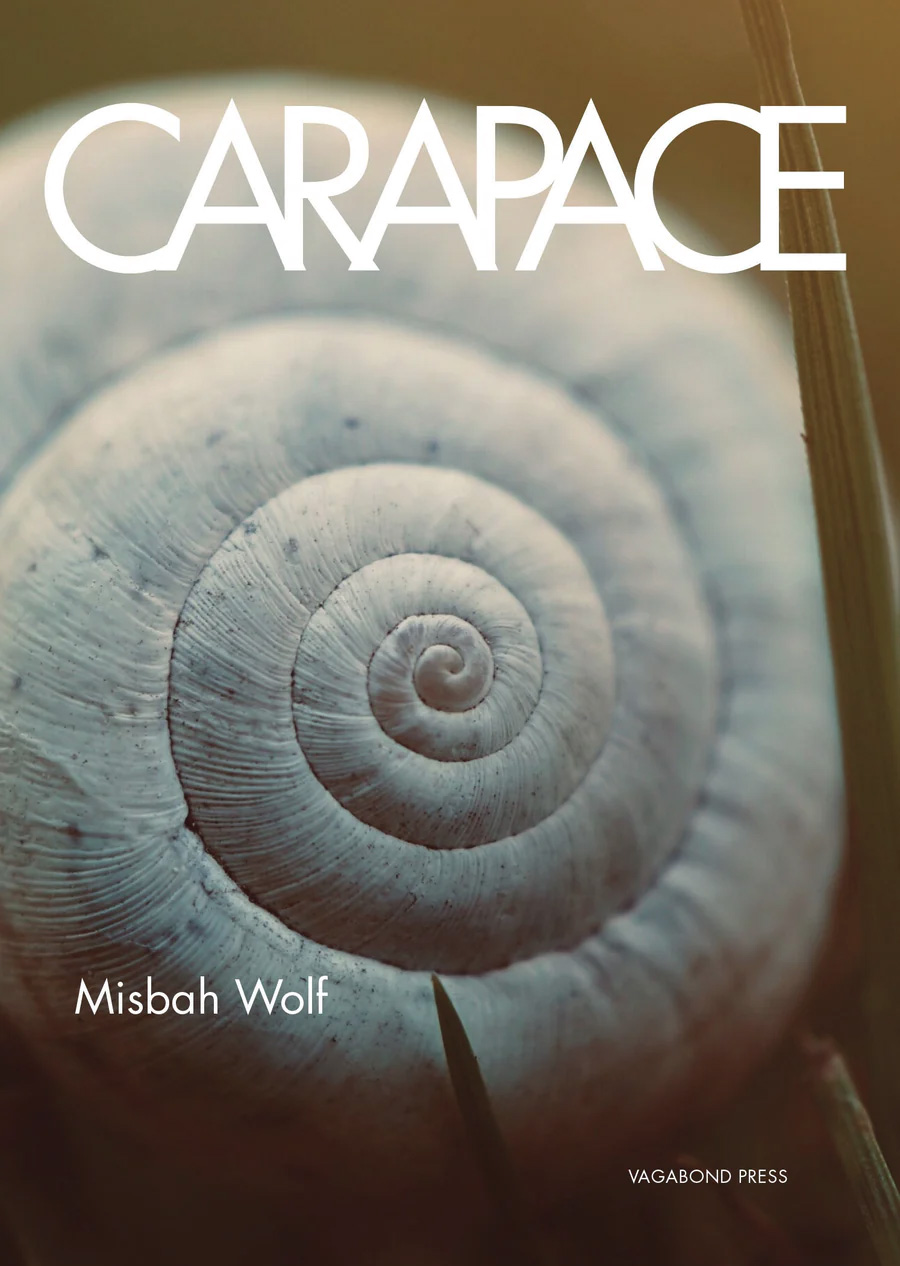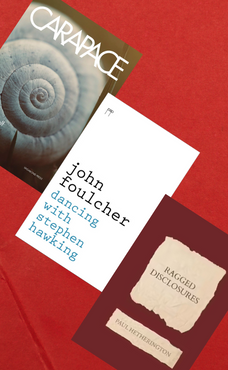
- Free Article: No
- Contents Category: Poetry
- Custom Article Title: Three new poetry collections
- Review Article: Yes
- Article Title: Squares and rectangles
- Article Subtitle: Shapely poetry in three new volumes
- Online Only: No
- Custom Highlight Text:
Paul Hetherington’s Ragged Disclosures (Recent Work Press, $19.95 pb, 112 pp) choreographs its prose poems carefully, which is unsurprising from the co-author and co-editor, respectively, of a scholarly book on prose poetry and Anthology of Australian Prose Poetry (both 2020). His new collection employs a lyric-dramatic mode, which Fernando Pessoa described as ‘lyric poetry put into the mouths of different characters’. It features a ‘he’ and a ‘she’ with a ‘shared / Australian vernacular’, in a long, glancing dialogue. These appear most direct in nine ‘Ragged Disclosures’, each comprising three square poems which are bordered and interlinked. ‘Ragged Disclosures 1’ offers a clue to the text: ‘Their ragged / intersections make an unjoined, / searching rapport.’ The poems between these seem to represent this ‘searching rapport’ through shared experience in Rome, Venice, and various other locales, with pronominal shifts to ‘I,’ ‘we’, and ‘you’.
- Featured Image (400px * 250px):

- Alt Tag (Featured Image): Prithvi Varatharajan reviews three new poetry collections
- Book 1 Title: Ragged Disclosures
- Book 1 Biblio: Recent Work Press, $19.95 pb, 112 pp
- Book 1 Cover Small (400 x 600):

- Book 1 Cover (800 x 1200):

- Book 2 Title: Dancing with Stephen Hawking
- Book 2 Biblio: Pitt Street Poetry, $28 pb, 79 pp
- Book 2 Cover Small (400 x 600):

- Book 2 Cover (800 x 1200):

- Book 3 Title: Carapace
- Book 3 Biblio: Vagabond Press, $25 pb, 48 pp
- Book 3 Cover Small (400 x 600):

- Book 3 Cover (800 x 1200):

It is hard to recall another collection where material surrounding the text felt so important to meaning. The afterword, echoing the blurb, states that Ragged Disclosures explores the prose poetry sequence in relation to ‘the current climate emergency and the COVID-19 pandemic’, focusing on ‘intersubjectivity’, ‘human intimacy’, and ‘the meshing of time and space’. This would have been better as a foreword, to help any intimidated readers grasp the formal and thematic contexts. While I have no illusions about the budgets of small poetry presses, a graphic treatment of sections (like the section pages in Bella Li’s Theory of Colours, 2021), or the use of extra blank pages, would have better supported the sustained reading that this complex work requires.
Much of John Foulcher’s Dancing with Stephen Hawking (Pitt Street Poetry, $28 pb, 79 pp) is crafted meticulously, with care given not only to sound but to the weighting of each word. The final stanza of the first poem, ‘Facing Medusa’, is exemplary:
If I’m quick, perhaps I’ll slip from her stare
and catch the world spinning forever,
see always the wind-driven trees,
the silk, crumpling ocean, convulsions
of rain, sunlight salting the waves,
the birds like an ink-spatter. No matter,
I am here. I will turn, take one step.
Note the tight confluence of imagery and sound (soft and hard phonic contrasts, and assonance, in the vivid ‘silk, crumpling ocean, convulsions’; the alliterative and graphic ‘sunlight salting’) and its delicate but effective binding (e.g. half-rhyme ‘forever’ / ‘matter’; internal rhyme ‘ink-spatter’ / ‘matter’; the assonant echo in ‘matter’ and ‘step’).
The collection’s subjects are various, but memory is a constant. This is the work of an older poet, reflecting on a life’s experience. The end of the final poem, ‘Revising Casuarinas’, addresses this aphoristically: ‘I think of my poems, how time will burn them. / What’s gained, other than all that I’ve learned?’ Several refer to pop culture: David Bowie; Jurassic Park; the astronauts Neil Armstrong, Buzz Aldrin, Mike Collins, and Bill Anders; the titular Stephen Hawking. Foulcher consciously blends the ‘high’ culture of poetry, Greek mythology, and the Bible – in one instance via Nietzsche – with the (televised) ‘low’: a method I now associate with an older generation.
‘Running Towards Elizabeth’ and ‘The School Band’ represent adolescence awkwardly. The latter recalls a cool bass guitarist friend leaving a party, ‘his arm around the busty girl / who tinted us with just a glance.’ The dated language results in unintentional kitsch.
The middle section, ‘The Theory of Anything,’ contains prose poems in an ekphrastic sequence, written in response to Gregory Crewdson’s 2017 photography exhibition Cathedral of the Pines. These are interspersed between short lyrics titled ‘Standing’, ‘Sitting’, and ‘Lying’. The prose poems respond obliquely to these states, observing human interactions ‘among the pines’. They evoke a camera panning slowly, as in a quiet and visually arresting film, but are not as powerful as the tauter lyrics, especially those that make up the first section. The contemporary lyric can feel tired, but there is some skilful and affecting craft here: ‘In the clear light, the fields are born / again’ (‘Prodigal’).
Literary surrealism was contemporary to the blossoming of non-lineated verse in France in the early twentieth century, and it is the dominant mode in Misbah Wolf’s Carapace (Vagabond Press, $25 pb, 48 pp). Within its pages, images continually blur into each other, and time feels sluggish or suspended.
Readers opening this slim volume will notice that all but one of Wolf’s poem titles have ‘House’ appended: ‘All We Ever Wanted Was Everything House’; ‘Hounds of Love House’; ‘Mrs Robinson’s House,’ etc. (the exception is the wryly titled ‘H is For’). The word ‘house’ also features in the body of many poems. I was puzzled at first by this titular motif. I played with different interpretations: each prose poem formally evokes a house, which is a ‘carapace’ for Wolf’s imagination; the poems are set inside various houses or ‘carapaces’; connected to these two interpretations, the speaker of the poems dwells in and continually moves between houses/prose poems. The collection also reminded me – thematically not formally – of Omar Sakr’s These Wild Houses (2017). The publisher’s website says that Carapace: ‘archives the journey of a young girl towards developing, losing, and leaving relationships within share-houses.’ It is fluid enough to sustain all these readings. Here is a sample of its poetics, from ‘Master Builder House’:
It nestles its haunches upon the sinking reeds. Headless water lilies,
aqueous ink plucked by leathery hands find themselves in designated
jars around the ordinary house, and a group of us commit to memory
the shape of spangled seawater …
Moments of realism bleed into surrealism, with the latter often peaking: ‘I fall through the egg and find myself lying in sand’ (‘Memories of Green House’). The poems are vivid, especially when sex enters the picture, as in ‘Under the Pink House’: ‘Your / tits sent our [sic] whips that lassoed me to the bed, and your pussy adopted / the same penetrating gaze, a cabalistic cipher where occult forces dimly / sounded.’ Such lines often combine eroticism with absurd comedy. ‘Rebel Girl House’ begins: ‘She is obsessed with reading other people’s clitorises. Sometimes she / skips to the ending and sometimes she reads them aloud to herself.’
The represented experience is both fleshy and of the unconscious. I was initially disoriented by the highly associative and sometimes random connections in the work. Then I told myself I was searching needlessly, in the absence of lyric compression, for narrative resolution. Carapace delivers something else entirely, asking you to give in to its dream logic.



Comments powered by CComment